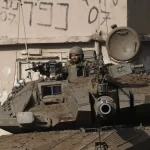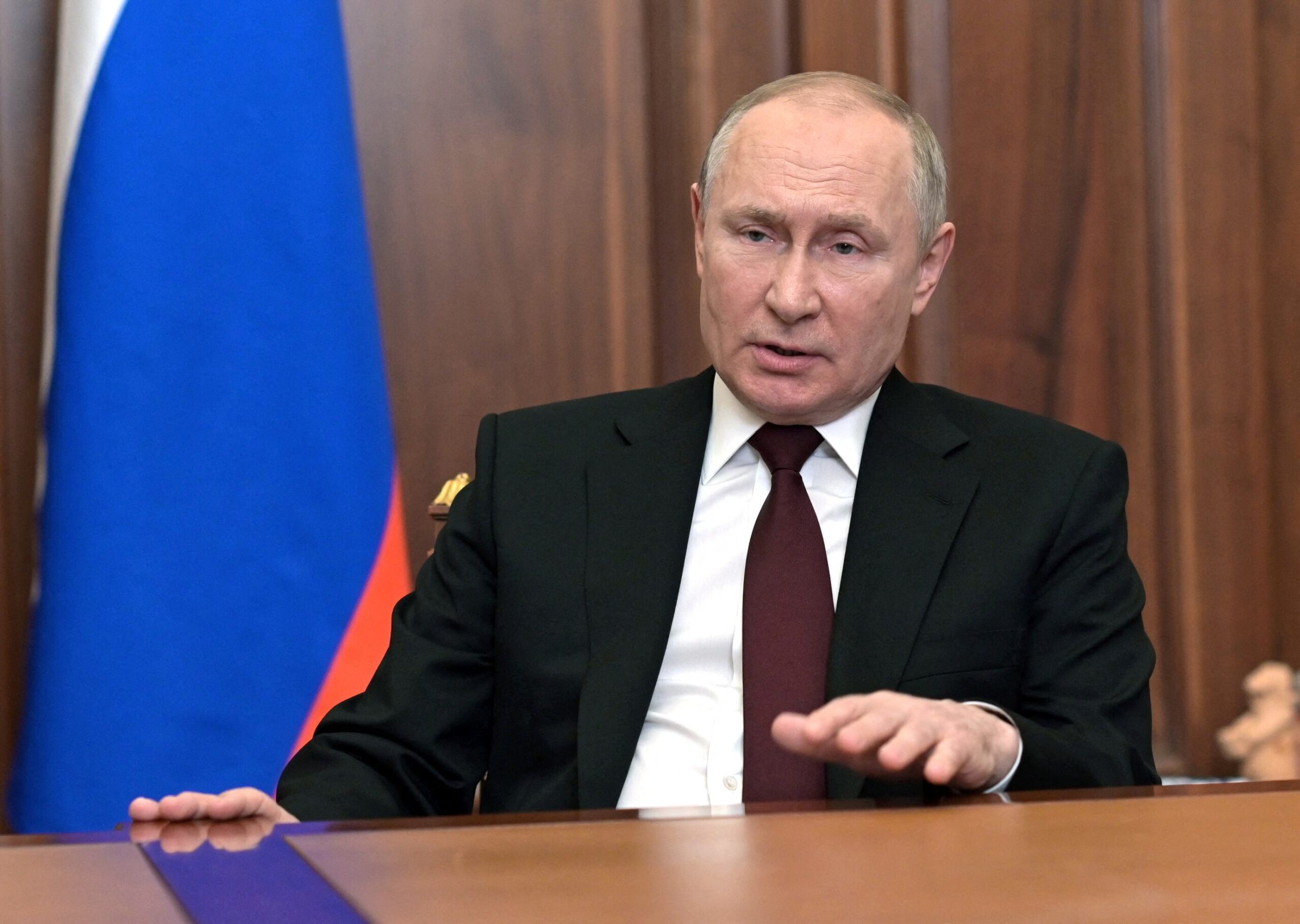Traditionally, scientists have probed the physical alterations in the brain that accompany memory formation. The team at NIPS pioneered a novel method, amalgamating optical and machine learning approaches, to delve deep into the complex changes that occur during memory formation, particularly trauma-induced memories.
Animals adapt to their environments through associative learning, a fundamental survival mechanism. While the dorsal part of the medial prefrontal cortex (dmPFC) has been identified as crucial for fear memory retrieval, the precise encoding and retrieval mechanisms of associative memory in this region remained elusive. Lead author Masakazu Agetsuma and his team aimed to unravel this complexity.
« The dmPFC exhibits specific neural activation during fear-memory retrieval, indicating its role in recalling associative fear memory. We explored how changes in the dmPFC regulate new associative memory information, » explains Agetsuma.
Utilizing longitudinal two-photon imaging and advanced computational neuroscience techniques, the researchers meticulously analyzed neural activity changes in the mouse prefrontal cortex following fear-conditioning learning. Prefrontal neurons display intricate behaviors, responding to diverse sensory and motor events. To decipher this complexity, the team developed a novel analytical method based on the ‘elastic net,’ a machine-learning algorithm. This method identified specific neurons encoding fear memory and revealed a fear-memory neural network.
« Our analyses unveiled a neural population encoding fear memory, highlighting the formation of a fear-memory network with central ‘hub’ neurons connecting memory neurons, » Agetsuma elaborates.
Most notably, the study uncovered evidence of a novel associative connection between distinct networks: the conditioned stimulus (CS, e.g., tone) network and the unconditioned stimulus (US, e.g., fearful experience) network. This newfound connection likely facilitates information processing, triggering fear responses.
Traditionally, memories were thought to form through strengthened neural connections, reinforced by repeated activation of neuron groups. This study’s findings, based on both real-time observations and model-based analysis, support this concept. Moreover, the study showcases the power of combining optical techniques and machine learning, offering an unprecedented view into neural network dynamics. These methods hold the potential to reveal more about the neurological transformations linked with learning and memory, opening new avenues in the understanding of traumatic experiences.
Source: Helsinki Times




































